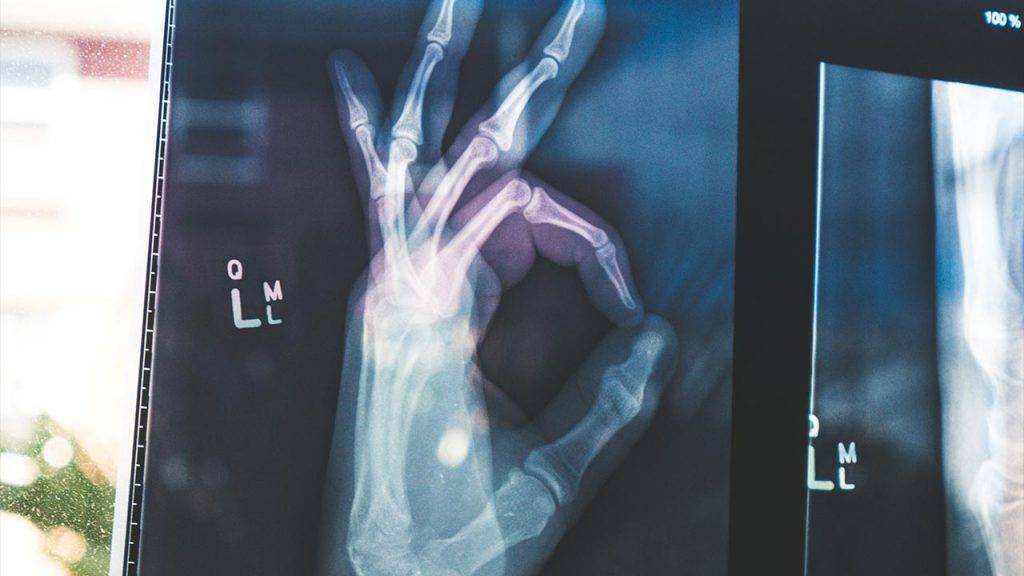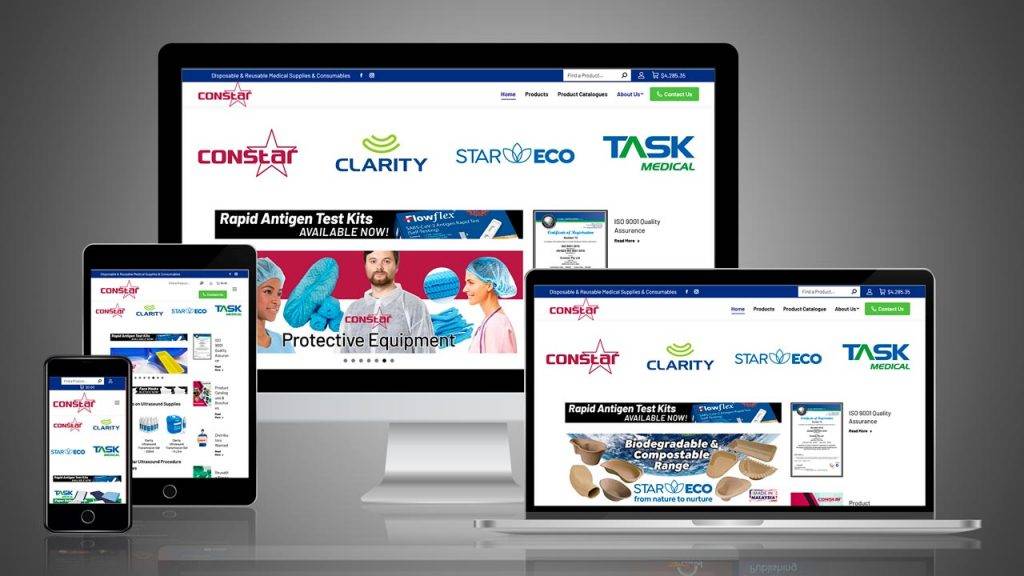Featured image source: Owen Beard
What is an information sheet? An information sheet is a paper giving useful information about a particular issue. It can be found on top of the counter at your preferred health centre or on their website as a .pdf file.
A
re you writing and designing an information sheet? We’re here to help!
As you probably have realised now, shorter doesn’t mean easier. Quite the opposite actually. How to fit all of the most important information on a 1 to 2 pages document?
Follow our tips!
An information sheet should be:
- 1 to 2 pages long max
- Visually appealing
- Easily readable
- Brief and concise
- With a clear call to action
Here’s an example of one we think is well done:


Source: Centres for Disease Control and Prevention
Planning and writing
1 – Your info sheet shouldn’t be more than 2 pages long. So first, figure out what is your most important, overreaching message.
Why are you creating this info sheet? What is the benefit for your clients to read it? The answer to these questions will be the biggest message on your paper. Your clients should be able to read it first, no matter how they approach or open the sheet.
Don’t make anything cryptic, it’s best to be crystal clear about the message. Your reader should identify straight away if the info sheet is addressed to them and if they need to read it.
2 – Figure out your supporting information and in which order you would ideally like to convey it.
Make it clear and concise; people will want to skim through the info sheet to get to the information they need the most or to just get the gist of your message.
Be 100% certain that your information is accurate. In the medical industry, clients do not tolerate a mistake well as it can lead to serious health consequences, so you’ll risk losing their trust in producing something of high accuracy, and quality, for them.
3- The last thing to figure out in your plan is the message that will tie everything together.
If you’ve done your job well, your customer will have read through your whole info sheet. Reward them!
This last part could convey some supporting information as a useful list, or a form or a test, or quiz – to encourage thought into whoever is reading the information you’ve just given them. For example, if you created an info sheet on the risk of driving and taking some medicine, you could make a list of side effects to look for after taking medicines. Or even make a list of the main pills people should absolutely not be driving after taking them.
4 – Don’t forget some sort of CTA (Call To Action).
Even if you’re not writing a flyer to make hard sales, you should still include a CTA like a link to your website.
This will help your customers if they require more information on the subject (which you should somehow provide) and it will increase the traffic on your website, giving it more authority in the Google ranking.
Designing your information sheet
1 – If your company already has a template or pre-existing style of laying out your infosheets, organise the information in order of importance on your info sheet.
It you don’t have a template already prepared, make sure to choose your company’s colour palette and fonts.
2 – Your main message -the benefit of reading the sheet and the why you created it- should be the header, or appear in the beginning paragraph(s).
It can appear as a question, like ‘Is your medicine increasing the risk of a fall or a car crash?’, or simply an affirmation, ‘Your simple step by step guide to register to your Health Centre account’.
3 – Your supporting information will go into sections with a subhead that will introduce a short paragraph.
4 – Our last gold nugget of design advice:
- In the medical industry, it is best to keep your imagery plain and professional. It will entice trust from your reader. Also don’t over use it on an info sheet. Choose one relevant image to put at the top, usually close to the header to illustrate your message. Doing so can and add context to the information, and subject matter which is read below it.
- Have a bit of fun with the design and make it enjoyable to read. Use icons and design elements like shapes or speech bubbles. Some information in the Medical Industry can be technical in nature, so the use of an icon which represents the information could be an easier way for the reader to understand it.
Here is another example of an information sheet we prepared for one of our clients Constar, for their Star Eco brand of products:


Do not despair, you’ve got this! If medical information sheets can seem daunting and impersonal, they are also the biggest help and can even save lives. Follow out step by step and if you need help, we are only one email away!
.

Creative genius, talented wordsmith and all-rounder copywriter up for the grabs! If you can’t stand the look of your copy right now, she’ll shape your rambles into the most compelling words.
Marie Rene | LinkedIn



